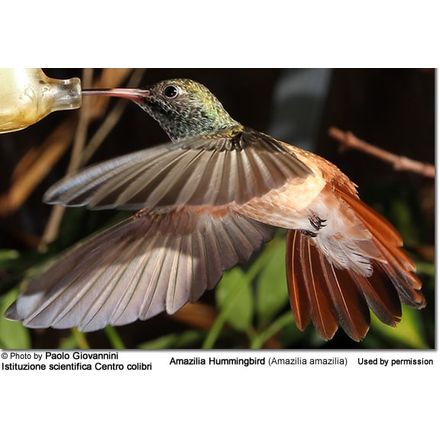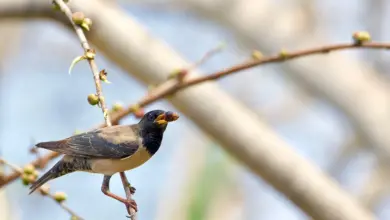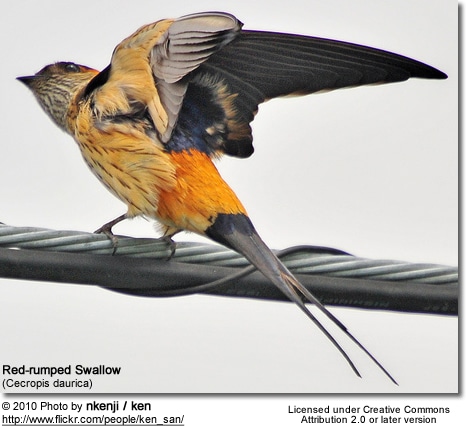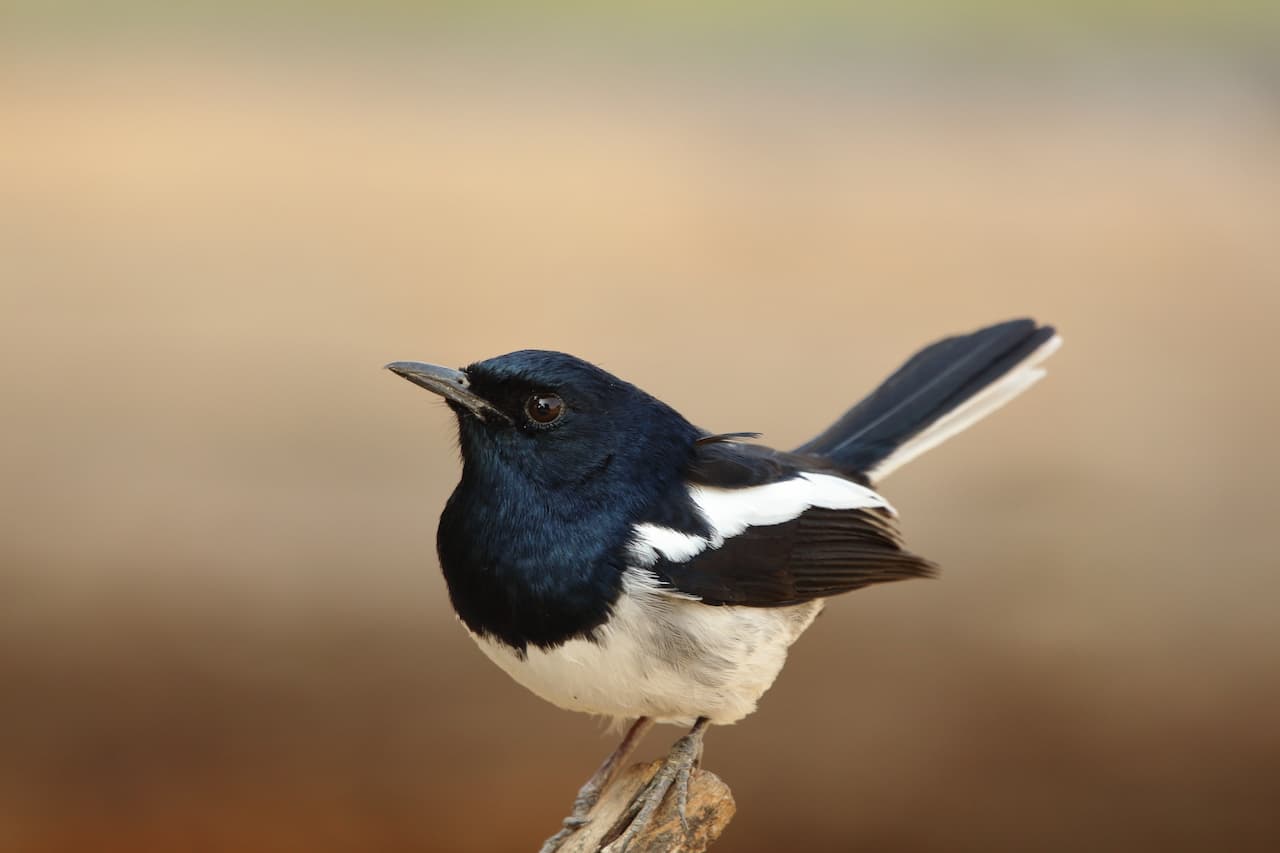Are Sponges Living Things?
Put simply, yes, sponges are in fact living things.
But, an animal is a living thing. A plant is also a living thing.
So where do sponges fall on the spectrum of living things?
You would be forgiven if you thought a sponge was a plant. In fact, early biologists even classified the humble sponge as a plant.
But before we delve into the fascinating world of sponges, we need to learn what in fact makes a sponge, well, a sponge.
What Is a Sponge?
You may be accustomed to seeing a sponge in your bathroom. Albeit, a desiccated version, but a sponge nonetheless.
But what really is a sponge? Surely, it has to be more than just a bathroom accessory.
And they are.
An adult sponge, much like a plant, lacks organs and remains largely sedentary. Couple this with the fact that many sponge species have branches, the ideology of a sponge being a plant is not too farfetched.
But when the scientific community investigated further, they discovered something that rocked the scientific world.
Sponges do in fact share similar traits to more complex multi-cellular organisms.
Which lends way to our next questions.
Is a Sponge Living or Non-living?
Thanks to advances in modern technology, most notably molecular testing, scientists have been able to dissect the surprisingly intricate world of sponges.
It has been proven that sponges, as well as complex multicellular species, including us humans, evolved from a common choanoflagellate ancestor. Scientists speculate sponges branched from the evolutionary tree some 400 – 600 million years ago, during the Cambrian period (royalsocietypublishing.org).
DNA sequencing has secured the idea that sponges are living animals. As such, they are classified under the phylum Porifera.
The term sponge is used to refer to over 8500 species of these ancient living animals, which are classified into 4 distinct classes (oceanservice.gov):
- Demospongiae – containing 90% of all known sponge species (including freshwater species)
- Hexactinellida – glass sponges
- Calcarea – calcareous sponges
- Homoscleromorpa – rarest and simple of all sponge classes
So, we’ve established that sponges are animals. But how can this sessile, limbless organism possibly be an animal?
Read on to find out.
But Why Are Sponges Considered Animals?
Putting the obvious lack of organs and inability to move in their adult form aside, sponges are considered a primitive animal species.
They share many qualities with animals; defining characteristics that distinguish animals from plants.
These specialised qualities include:
- Collagen composition
- Absence of cell wall
- Production of gametes (sex cells)
Let’s take a look at these in closer detail.
Collagen Composition
Collagen is thought to be one of the most abundant proteins found throughout the animal kingdom. It can be found throughout bones, muscles, tendon,s and skin, in both vertebrates and invertebrates alike.
But sponges lack all of the above.
However, this does not mean they lack collagen. On the contrary.
A rudimental skeleton, comprised of porous organic and inorganic compounds, can be found in sponges. The organic molecules found within this primitive structure have been identified as collagen.
Similar to complex multicellular organisms, whereby collagen is crucial in holding cells together, collagen within sponges has a pivotal role in structural regeneration (ncbi.gov).
Presence of Cell Membranes
Cells found within plants have cell walls. Cells found within animals do not.
Instead, cells found within animals have a cell membrane. This membrane protects cells from extracellular injuries.
Whilst the function of a cell membrane and cell wall remain the same, they are comprised of entirely different structures.
The cell walls of plants are made of a sturdy, and often rigid, compound known as cellulose. In contrast, the cell membrane consists of a semipermeable lipid bilayer. This facilitates the movements of materials in and out of the cell (manoa.edu).
Production of Gametes
Gametes, or sex cells, are produced by the majority of animals on Earth. Typically, males produce spermatozoa (sperm cells) and females produce egg cells. Sperm cells fertilize the egg of a female, and genetic material is passed on to the next generation (learngenetics.edu).
This tactic traditionally relies on animals seeking each other out with whatever means they have adapted to (walking, flying, swimming etc).
But for the simple sponge, with their sessile lifestyle, they simply cannot reproduce by finding a mate.
So how do they get around this?
Simple: hermaphroditism..
Many species of sponges are hermaphrodites. This means any given individual houses both male and female sex cells, but these sex cells normally develop at different times.
A sponge will release millions of sperm cells into the water column. These mobile sex cells drift in the water current and are carried to nearby sponges. Receptor cells within the female capture the sperm and transport it to the egg (berkeley.edu).
Where Can Sponges Be Found
Found in the depths of Antarctica to shallow streams of the Americas, sponges can be found all across the globe.
The majority of the 8500 species of sponges described by science can be found in marine environments, however, approximately 150 species thrive in clear, unpolluted freshwater habitats.
Freshwater sponges, or Spongilla, are a delicate genus of sponges. Oftentimes, they are accompanied by algae that grow on their surface. This algae is nonparasitic. In fact, it is believed this relationship is symbiotic, or mutualistic (nps.gov).
The algae use the sponge as protection against predation from herbivorous grazers or from unfavourable environmental conditions.
The sponge uses algae for a variety of uses. Most notably, as an oxygen source, protection against harmful ultraviolet rays (in shallow, sunlit waters), and as a food source. Freshwater Spongilla devour decaying blue-green algae.
Some species of sponge can be found in the crushing depths of the deep ocean. In the black abyss, the immobile sponges have adopted a carnivorous diet. Using spicules, hook-like appendages, these specially adapted sponges snag small crustaceans that venture too close to the sponge (nespmarine.edu).
Sponges are found in greater abundance in temperate and polar waters. However, sponge diversity is greatly reduced. Scientists speculate that these typically deep-sea species compete less with other species and have fewer predators (ncbi.gov).
Despite the lack of sponge diversity, deep-water coral and sponge reefs form complex communities that house a high diversity of other multicellular organisms; from crustaceans to fish.
In some environments, the humble sponge has become the dominant animal, covering wide areas.
In tropical regions, sponge diversity has exploded. With nutrient-rich, sunlit waters, this is prime real estate. As such, competition is fierce. Furthermore, abundance of each species is greatly reduced.
Conclusion
Lacking organs, and tissues, and often confined to one spot, sponges are animals like no other.
Found throughout the globe, they were once thought to be plants, aided by their branching limbs and sessile lifestyle.
However, with their multicellularity, production of sex cells, and lack of cell walls, sponges are now considered living animals.





